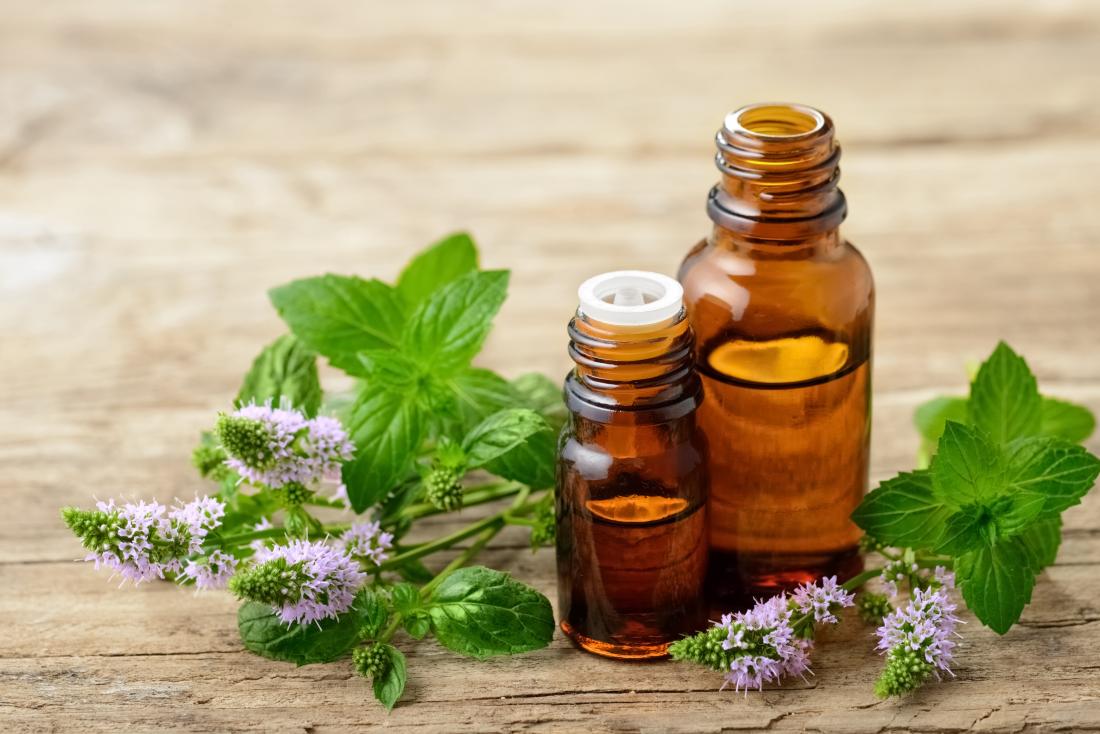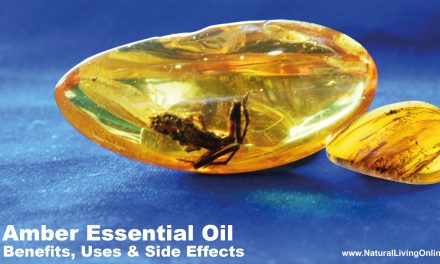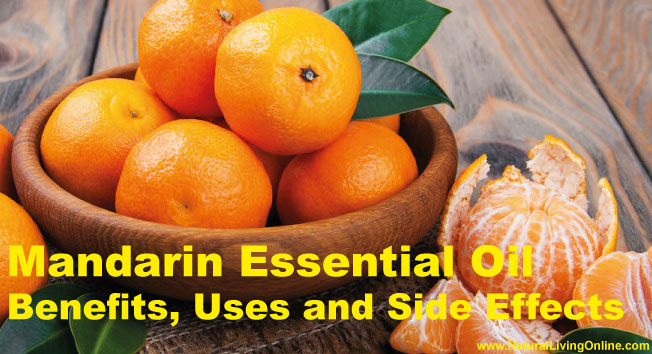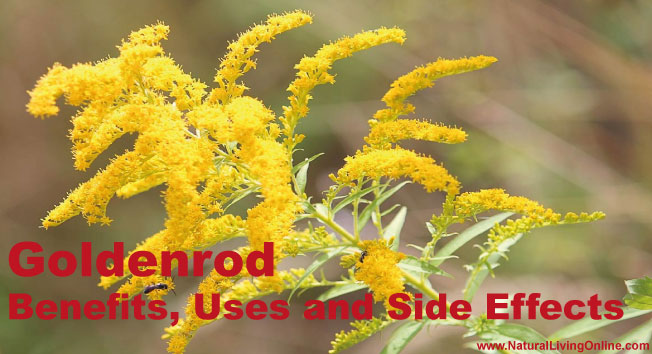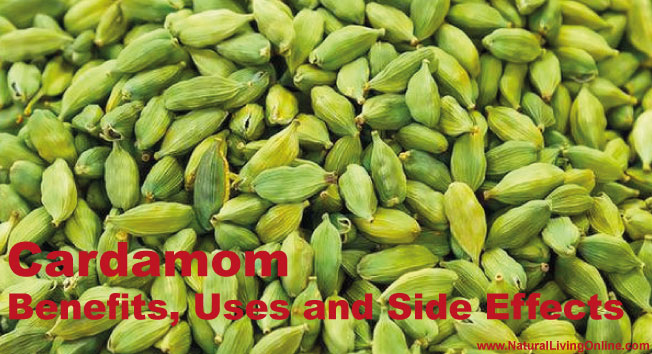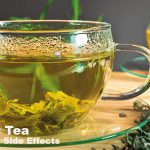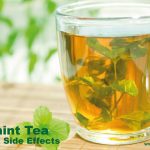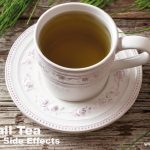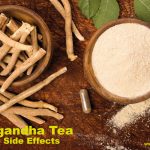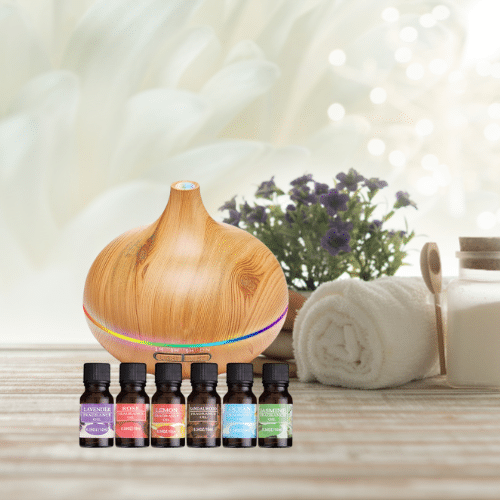If you’re like me, you may be wondering what essential oils are. They’ve been gaining popularity in recent years as a natural remedy for all sorts of issues. But what exactly are essential oils? Essential oils are the volatile aromatic compounds found in plants. They can be extracted through distillation, expression, or solvent extraction. In this blog post, we will discuss the three methods of extraction and the benefits of each.
The first method of extraction is steam distillation. This process involves heating up the plant (or parts of it) in distilled water to produce a vapor that contains oil molecules from within the cells. The vapors then condense into liquid form and are collected as an essential oil.
Steam distillation has many benefits: no chemicals or solvents used, pure oils extracted without contamination, less expensive than other methods because it uses only heat energy instead of electricity for power consumption and cooling towers/chillers required by some processes like solvent extraction. It’s also one way to get pure essential oils out at home if you have access to all these things – but there are different types so check which method works best with your plant material before starting.
Steam Distillation: This method can be used on many different types of plants to extract their volatile aromatic compounds. The steam is applied at an appropriate temperature, pressure and time so that it releases all the oil molecules from inside cells without damaging them or leaving any residues behind in your essential oils. There are two ways you can do this – one way involves using a still (which heats water until boiling), while another uses heat exchangers between batches being distilled together which reduces costs by up to 50%. Steam distillations typically run for about eight hours but may take longer depending on how much plant material you’re working with (and what type). You’ll know when it’s done when there’s no more liquid coming out of the still and/or condenser.
The second method is expression, which is also known as cold pressing. This process uses pressure to squeeze the oil from the plant material. The advantage of this method is that no heat or solvents are used, so the essential oil retains its natural aroma and flavor. However, because it’s a physical process, it can only be used on certain types of plants that have a soft enough exterior to be squeezed.
The third method of extraction is solvent extraction. This process uses a chemical solvent to extract the essential oils from the plant material. The most common solvents are hexane and ethanol, but there are others that can be used depending on the plant being extracted. This method is often used for plants that have a hard exterior, like nuts or seeds, because the solvent can penetrate their tough outer shell. The essential oils are then separated from the solvent using a distillation process.
Solvent extraction has many benefits: it’s a very efficient way to extract large amounts of oil from plant material, and it can be used on a variety of plant types. However, there are some disadvantages: solvents can be toxic and harmful if not handled correctly, they can leave residues in the essential oil which may not be desirable, and they’re more expensive than other methods.
The fourth method is using CO2 to extract essential oils. how essential oils are extracted using CO2? CO stands for carbon dioxide, which is a gas that naturally occurs in our atmosphere. When compressed under high pressure at low temperatures (between -60 C and +20 C), it turns into liquid form called “supercritical fluid”. This supercritical state allows the properties of both gases and liquids to be present simultaneously; therefore, this process can extract more aromatic compounds from plant material than other methods like steam distillation would yield by itself.
The fifth method is using the absolute oil technique. Absolutes are highly concentrated essential oils that have gone through an additional step after extraction: alcohol-washing or solvent evaporation with heat added back into them so they retain all volatile components while removing any unwanted nonvolatile materials such as waxes or lipids.
The sixth method is enfleurage, which involves soaking flower petals in either solid fats or liquid oils until they release their scent into the fat. The scented fats can then be melted and strained to produce an essential oil called “enflorat”. This process requires patience because it takes several days for flowers to completely infuse their fragrance into a carrier medium, but at least you won’t need expensive equipment! Also note that this will yield less than other methods due to how long it takes so if time isn’t on your side then stick with another extraction technique instead of using this one alone.
This website does not provide medical advice.
All information provided on this website, and on associated social media networks, including but not limited to texts, images, and numbers are for general information purpose only. It is not intended as medical advice and it does not include all possible precautions, side effects, or interactions that may occur. Neither NaturalLivingOnline.com nor its author/founder take responsibility for how you use this information. Statements contained on NaturalLivingOnline.com have not been evaluated by the FDA. You should conduct thorough research via multiple sources and consult your physician or qualified doctor before using any essential oil or herbal remedy. Information on NaturalLivingOnline.com must not be relied upon for medical, legal, financial or other decisions.

